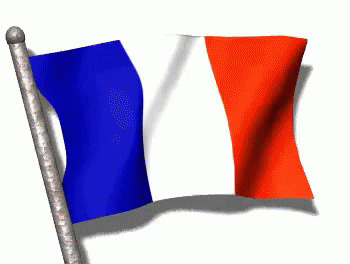
Le centre historique de la seigneurie de Pardailhan se situe à l’origine au hameau de Pardailho, dans un site austère, qui a conservé les ruines de l’antique château fortifié et de l’ancienne église.
Lors de la croisade des Albigeois au XIIIème siècle, les occupants du château qui dépend alors du vicomte de Minerve se rallient à la cause cathare mais sont vaincus. La seigneurie et le château de Pardailho sont confisqués et attribués en 1234 à la famille de Thurin, un chevalier croisé. La Terre de Pardailhan est tenue sous "la coutume de Paris", comme toutes les terres alors annexées : «terres confisquées pour crime d’hérésie et après faydiment et inféodées par le comte de Montfort aux barons et chevaliers francigènes d’oultre-loire.»
En 1379, le domaine royal, usant de son droit de "prélation", récupère une part de la seigneurie. Le sénéchal de Carcassonne nomme un châtelain royal au château de Pardailho ainsi inféodé à la couronne de France jusqu'au milieu du 15ème siècle. A sa suite c'est un bailli royal (officier royal exerçant par délégation les pouvoirs de justice et militaires sur une province du royaume) qui est nommé pendant le XVIème siècle.
Le château est désigné comme étant en ruines vers 1540.
Plus d'un siècle après, vers 1660, le château de Pardailhan est construit afin de donner un nouveau siège à la seigneurie.
L'église paroissiale Notre-Dame et la chapelle seigneuriale Sainte-Euphémie sont utilisées jusqu'en 1752, transférées par la volonté du baron de Pardailhan près de son château au hameau de Ponguiraud.
Le site aujourd'hui surnommé Sainte-Euphémie permet de découvrir les ruines de l'église Notre-Dame et sa chapelle de Sainte-Euphémie (en bas sur la vue aérienne), les restes du presbytère (en bas à gauche), et au sommet quelques traces de murets arrasés du château.
Recommandations importantes :
- N'empruntez pas le chemin en véhicule.
- Le début du chemin et le site sont communaux, cependant des chevaux sont en pâture à proximité. Si vous ouvrez une barrière, refermez aussitôt derrière vous.
- Tenez vos chiens en laisse.
________________________________________

The historic center of the seigneury of Pardailhan was originally located in the hamlet of Pardailho, in an austere site, which has preserved the ruins of the ancient fortified castle and the old church.
During the Albigensian Crusade in the 13th century, the occupants of the castle, which then depended on the Viscount of Minerva, rallied to the Cathar cause but were defeated. The seigniory and the castle of Pardailho were confiscated and attributed in 1234 to the family of Thurin, a Crusader knight. The Land of Pardailhan is held under "the custom of Paris", like all the lands then annexed: "lands confiscated for the crime of heresy and after faydiment and enfeoffed by the Count of Montfort to the barons and knights of France from across the Loire. »
In 1379, the royal domain, using its right of "prelation", recovers a part of the seigniory. The Seneschal of Carcassonne appoints a royal castellan to the Château de Pardailho, thus subservient to the crown of France until the middle of the 15th century. Following him, a royal bailiff (royal officer exercising judicial and military powers by delegation over a province of the kingdom) was appointed during the 16th century.
The castle is designated as being in ruins around 1540.
More than a century later, around 1660, the Château de Pardailhan was built to give a new seat to the seigniory.
The parish church of Notre-Dame and the seigneurial chapel of Sainte-Euphémie were used until 1752, transferred by the will of the Baron de Pardailhan near his castle in the hamlet of Ponguiraud.
The site now nicknamed Sainte-Euphémie allows you to discover the ruins of the Notre-Dame church and its chapel of Sainte-Euphémie (bottom in the aerial view), the remains of the presbytery (bottom left), and at the summit some traces of low walls leveled of the castle.
Important recommendations :
- Don't take the path by vehicle.
- The beginning of the path and the site are common, however horses are grazing nearby. If you open a gate, close it immediately behind you.
- Keep your dogs on a leash.
Source : Saint-Pons-de-Thomières et le Pays Saint-Ponais et Wikipédia